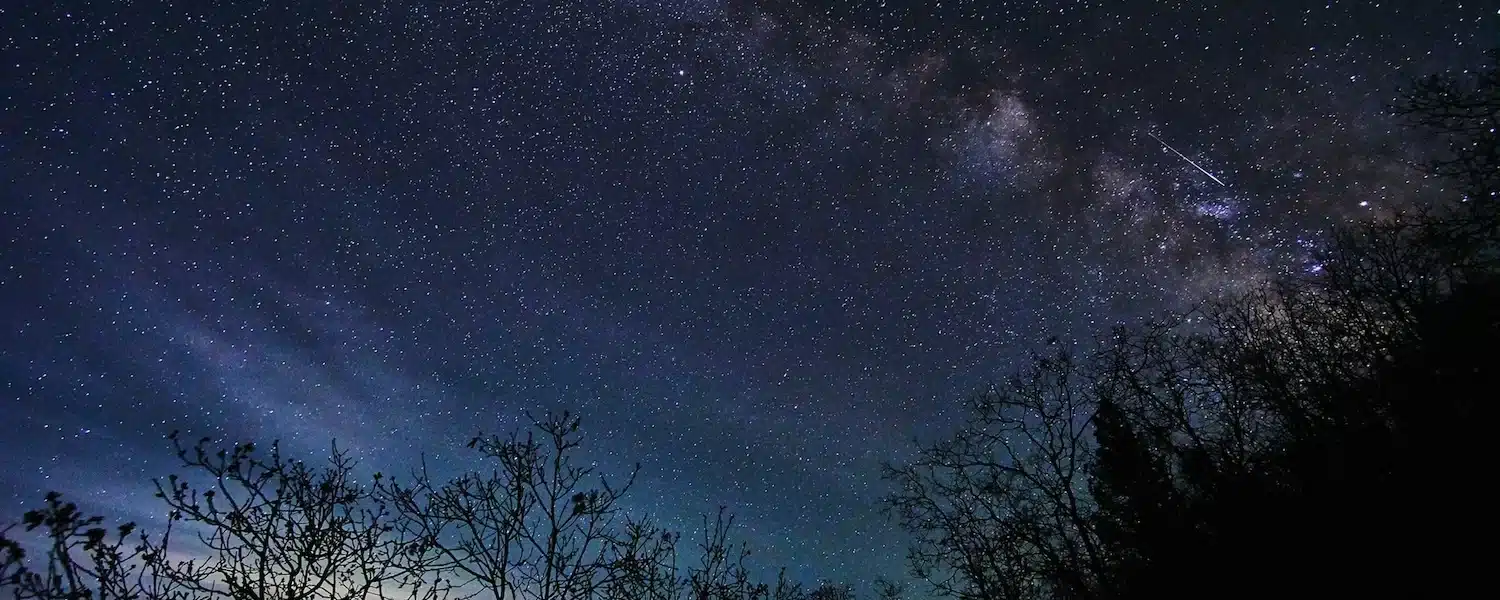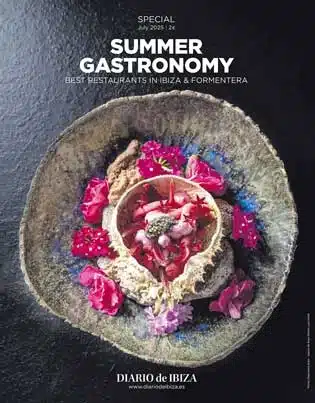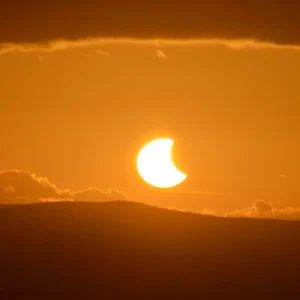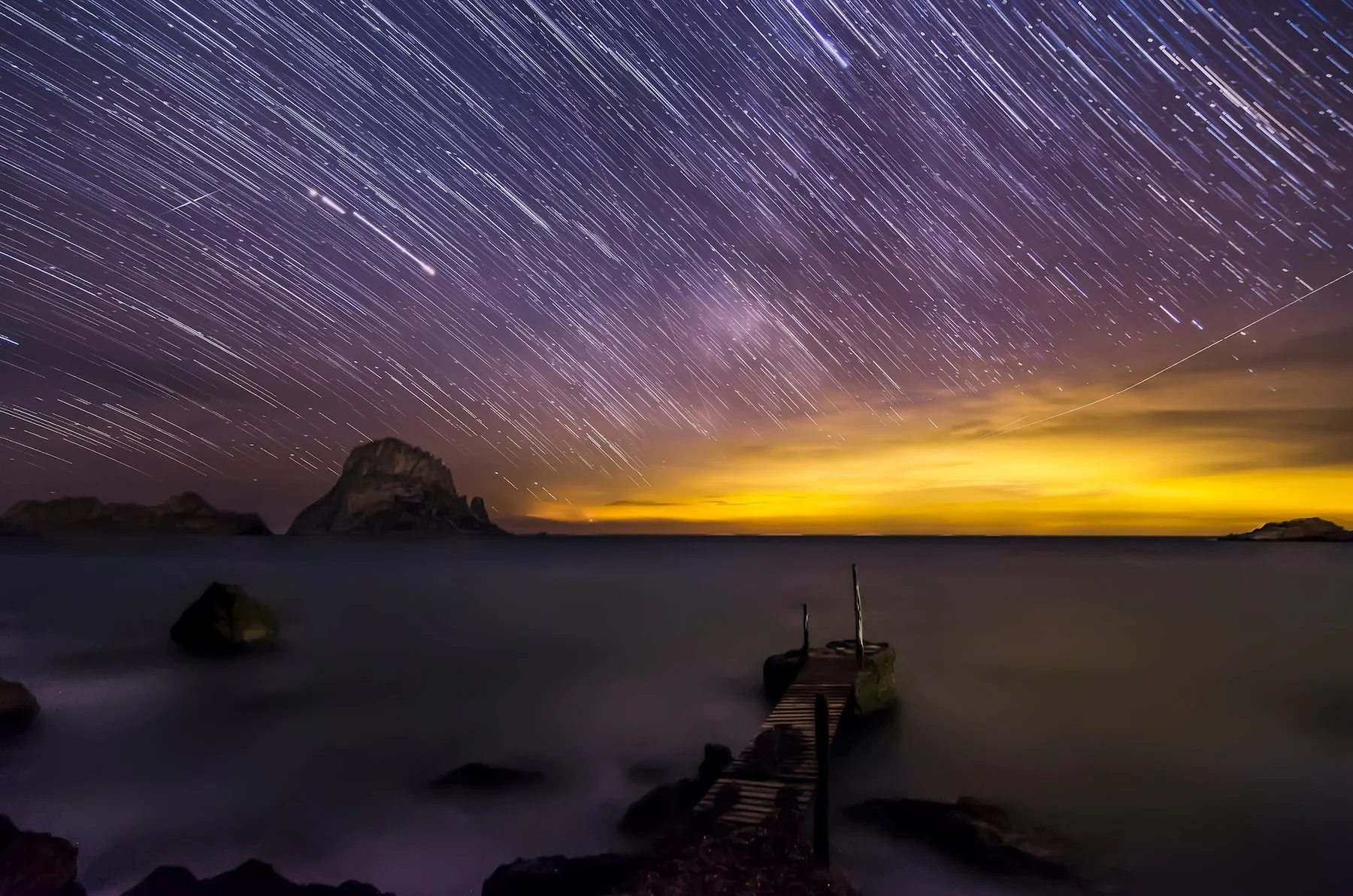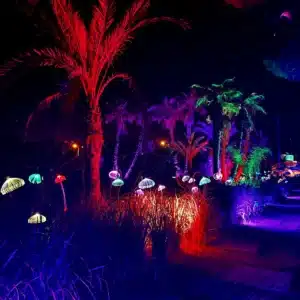If you’re visiting Ibiza in April and looking for a truly magical experience, make sure to look up. The Lyrid meteor shower – one of the oldest recorded in human history – will light up the skies, offering a dazzling natural display that’s visible from the island. With the right conditions, you could witness dozens of shooting stars streaking across the night sky in a single hour.
Whether you’re a seasoned stargazer or just someone who enjoys unique moments during your travels, the Lyrids are a wonderful reason to spend a night under Ibiza’s stars.
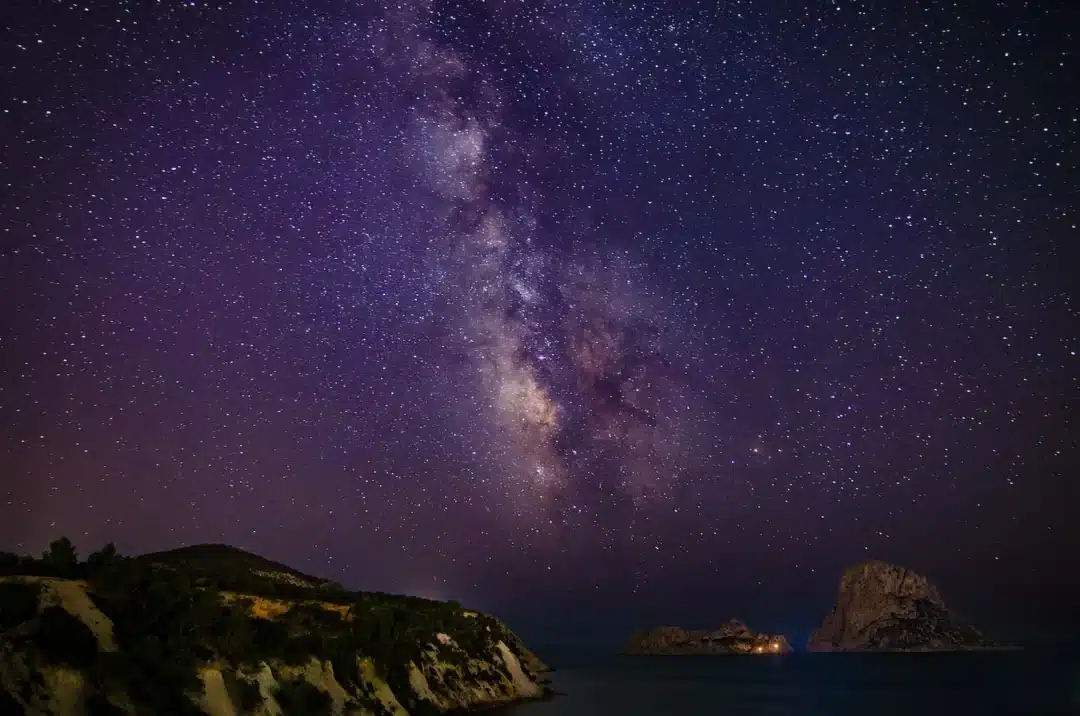
What is the Lyrid Meteor shower?
The Lyrid meteor shower, often simply called the Lyrids, occurs every year in mid to late April. It’s caused by Earth passing through a trail of debris left by comet C/1861 G1 Thatcher, a long-period comet discovered more than 160 years ago. As the tiny particles from the comet enter Earth’s atmosphere at high speeds, they burn up and create brilliant streaks of light — what we call meteors or shooting stars.
The Lyrids have been observed for more than 2,700 years, making them one of the oldest known meteor showers. They are renowned for their bright meteors and the occasional glowing trail that can linger in the sky for several seconds.
When can you see the Lyrids in Ibiza in 2025?
In 2025, the Lyrid meteor shower will be active between 15 and 28 April, with its peak expected during the night of 21 to 22 April. This is when the number of meteors visible per hour is at its highest.
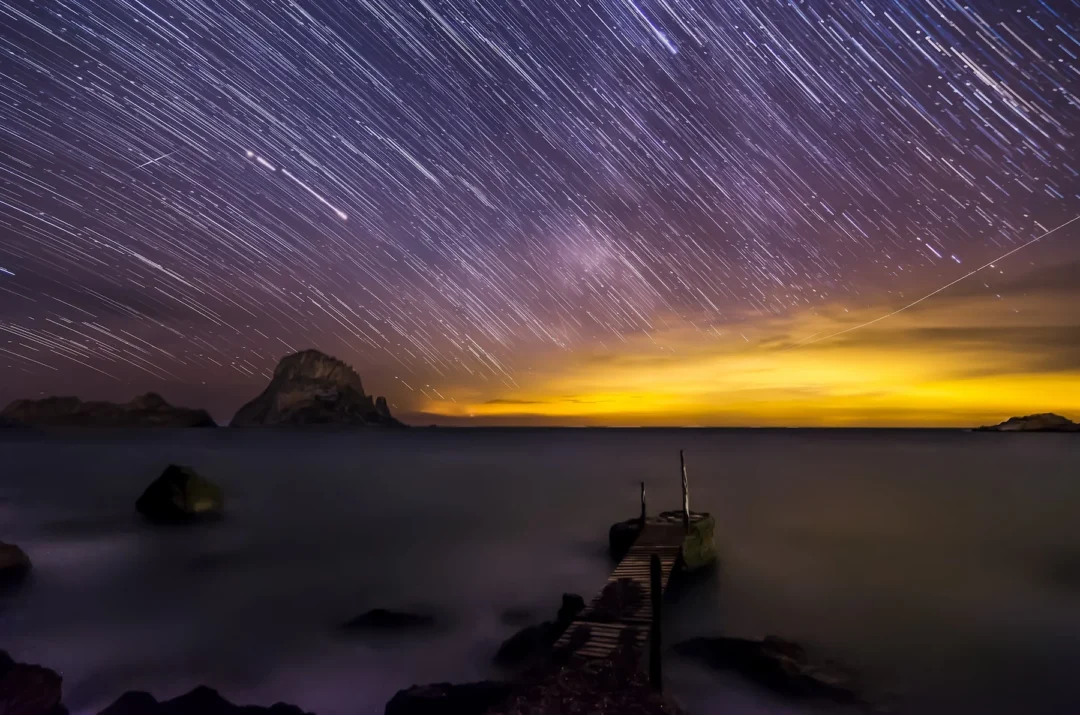
Under ideal viewing conditions – meaning a dark location far from artificial lights – observers in Ibiza may be able to spot between 10 and 20 meteors per hour, with the peak offering up to 18 meteors per hour. These meteors are fast and bright, with some leaving visible trails across the sky, offering a truly memorable show.
Where to watch the Lyrid Meteor shower in Ibiza
Ibiza is known for its vibrant nightlife and beautiful beaches, but it’s also an excellent place for stargazing, especially in quieter, rural areas of the island. To see the Lyrid meteor shower at its best, you’ll need to find a location away from city lights, ideally with a wide, unobstructed view of the sky.
Some recommended spots for stargazing in Ibiza include:
- Sa Talaia, the island’s highest point, offering breathtaking panoramic views.
- Cala d’Hort or Benirràs beach after sunset, where the surroundings are quieter and darker.
- Inland areas near Sant Joan or Santa Agnès, far from the towns and clubs.
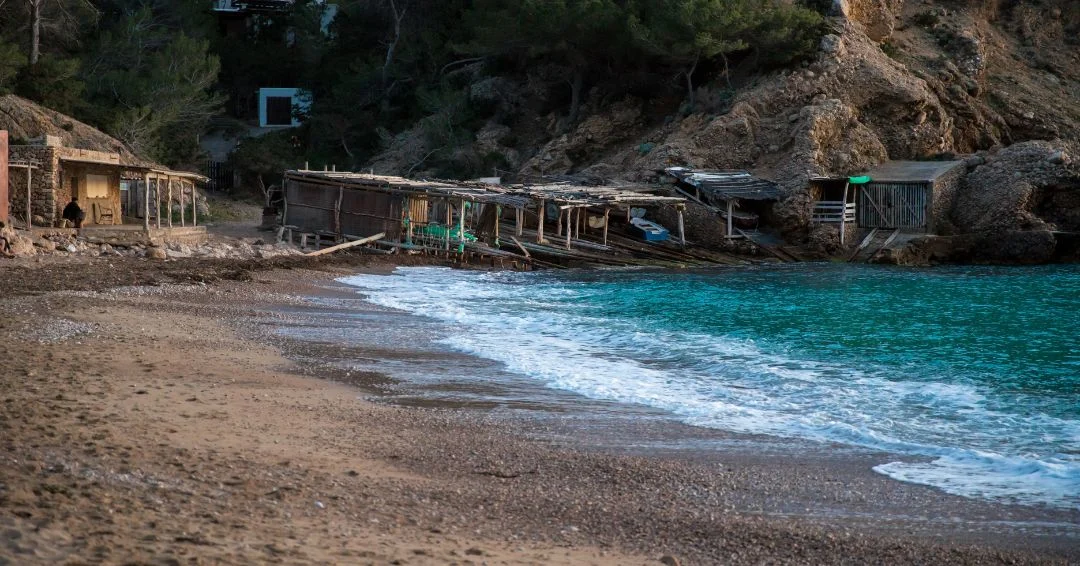
Wherever you go, bring a blanket or reclining chair, dress warmly, and lie back to let your eyes adjust to the darkness. It can take around 20 to 30 minutes for your vision to fully adapt and begin noticing the fainter meteors.
How the moon will affect visibility in 2025
This year, the Lyrids will peak just one day after the last quarter Moon, which means about 40% of the Moon will be illuminated. The Moon will rise in the early morning hours, so the best time to catch the meteor shower will be late at night, before moonrise, when the sky is darkest and free of lunar interference.
Even with some moonlight, conditions are still quite favourable for viewing, especially if the weather is clear. Be sure to check the local weather forecast beforehand — a cloudless sky is essential for a good meteor viewing experience.
The story behind comet C/1861 G1 Thatcher
The Lyrids originate from comet C/1861 G1 Thatcher, discovered by American astronomer A. E. Thatcher on 5 April 1861. This long-period comet takes about 415 years to complete one orbit around the Sun, meaning it won’t be visible again from Earth until approximately the year 2276.
Although we can’t see the comet itself, its ancient dust trail returns to Earth’s orbit each April, gifting us the Lyrid meteor shower — a reminder of the wonders hidden in the cosmos.
Tips for the best stargazing experience in Ibiza
- Avoid bright lights: choose a location far from towns and tourist resorts.
- Let your eyes adjust: stay away from phone screens and give your eyes 20–30 minutes in the dark.
- Be patient: meteors can appear at random across the sky — the longer you stay, the more you’ll likely see.
- Bring snacks and drinks: make it a night-time picnic!
- Dress appropriately: even in April, nights in Ibiza can get chilly, especially in higher elevations.
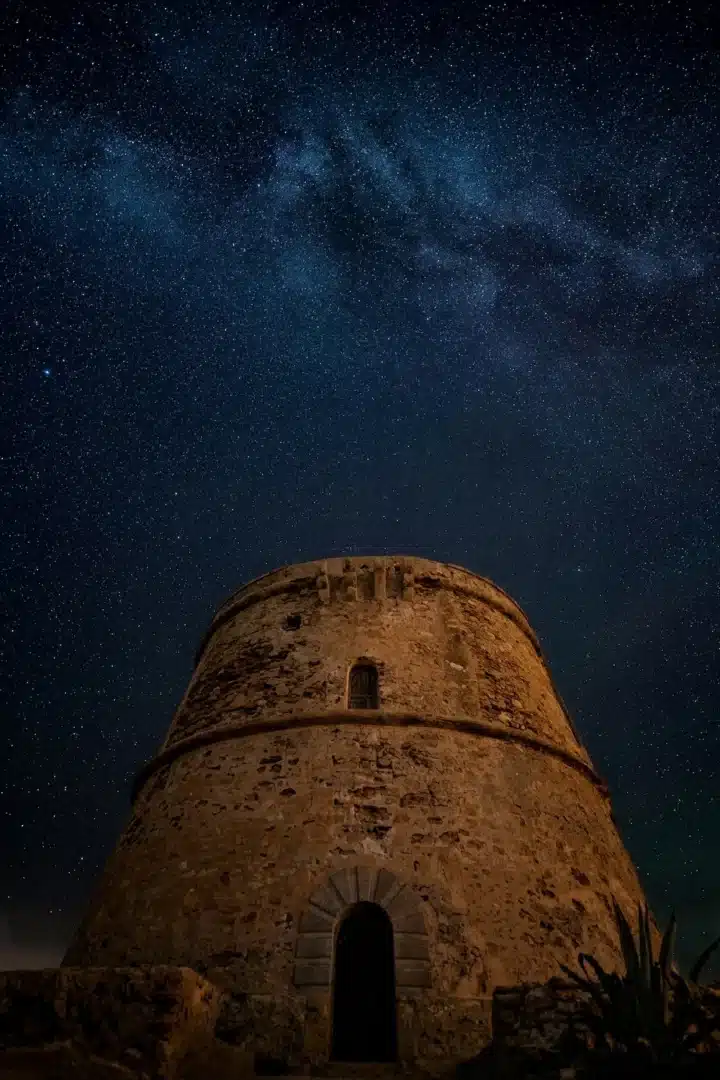
An unforgettable night under the Ibizan sky
The Lyrid meteor shower offers a unique chance to connect with nature during your stay in Ibiza. Beyond its famous beaches, clubs and historic towns, the island has a quieter, more celestial side. Spend a night under the stars and witness a cosmic event that has amazed people for millennia.
Whether you’re on a romantic holiday, travelling solo or exploring the island with friends, the Lyrids are one of those unexpected Ibiza experiences that stay with you long after your trip is over.
Want more tips on what to do in Ibiza at night? Discover hidden spots, events and natural wonders in our full guide to Ibiza after dark.
